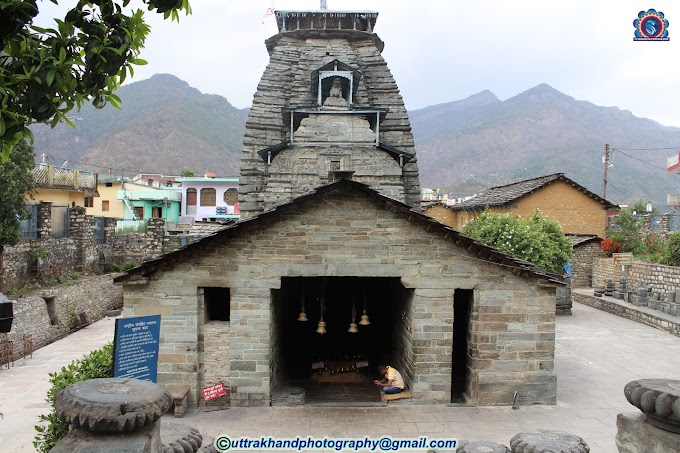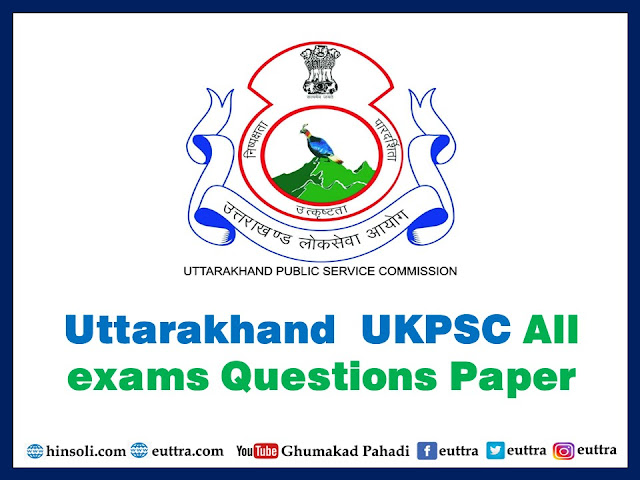 |
| What is Article 316 of Indian constitution |
Article 316 of the Indian Constitution
Title: Appointment and term of office of members of Public Service Commissions
📘 Purpose:
Article 316 deals with the appointment, tenure, eligibility, and retirement of the Chairperson and members of:
-
Union Public Service Commission (UPSC)
-
State Public Service Commissions (SPSC)
-
Joint Public Service Commissions (JPSC)
🔍 Key Provisions of Article 316:
| Clause | Provision |
|---|---|
| (1) | The Chairman and members of UPSC are appointed by the President; for SPSC, by the Governor. |
| (1A) | In the case of a Joint PSC, appointment is made by the President. |
| (2) | Tenure of office is 6 years or until the age of 65 years (for UPSC) / 62 years (for SPSC), whichever is earlier. |
| (3) | Resignation is submitted to the President (UPSC) or Governor (SPSC). |
| (4) | Removal from office only by the President, and only as per Article 317 (next article). |
| (5) | A member (except the Chairman) who completes term is ineligible to hold further office in the same PSC. But can become Chairman. |
📊 Summary Chart: Article 316
| Feature | Details |
|---|---|
| Applies To | UPSC, SPSC, JPSC |
| Who Appoints? | - UPSC & JPSC → President - SPSC → Governor |
| Tenure | - UPSC → 6 years or 65 years - SPSC → 6 years or 62 years |
| Resignation Given To | - UPSC/JPSC → President - SPSC → Governor |
| Removal | Only by President, as per Article 317 (on proven misbehavior or incapacity) |
| Reappointment Rules | - Member can become Chairman - Chairman cannot hold further PSC office |
🧠 Example Scenarios:
| Scenario | What Happens? |
|---|---|
| UPSC Chairman turns 65 before 6 years of service | He retires at 65 (whichever is earlier) |
| State PSC member resigns voluntarily | Resignation submitted to Governor |
| PSC member removed due to misconduct | Can only be done under Article 317 by President |
| A UPSC member is promoted to Chairman of UPSC | ✅ Allowed |
📌 Important Notes for Exams:
-
Age limit UPSC: 65 years
-
Age limit SPSC: 62 years
-
Member → Chairman ✅
-
Chairman → any future PSC post ❌
Here is a clear and concise 📊 Comparison Chart of Articles 315 & 316 of the Indian Constitution — covering Public Service Commissions (PSCs):
🧾 Articles 315 & 316 – Public Service Commissions (UPSC, SPSC, JPSC)
| Aspect | Article 315 | Article 316 |
|---|---|---|
| Title | Public Service Commissions for Union & States | Appointment and Term of Office of PSC Members |
| Purpose | Establishes UPSC, SPSC, and JPSC | Governs appointment, tenure, resignation, & removal of PSC members |
| Level of PSCs | Union (UPSC), State (SPSC), Joint (JPSC for two or more states) | Applies to all types: UPSC, SPSC, JPSC |
| Appointing Authority | UPSC/JPSC → President SPSC → Governor | Same: UPSC/JPSC → President SPSC → Governor |
| Tenure of Members | Not specified | - UPSC: 6 years or until age 65 - SPSC: 6 years or until age 62 |
| Resignation Authority | Not mentioned | UPSC/JPSC → President SPSC → Governor |
| Removal Process | Not specified | Only by President, per Article 317 |
| Post-Service Rules | Not covered | - Member → can become Chairman ✅ - Chairman → cannot hold any PSC office ❌ |
🧠 Quick Notes for Exams & Bloggers:
-
Article 315 sets up the PSC institutions
-
Article 316 defines how PSC members are appointed and how long they serve
-
UPSC age limit = 65 years
-
SPSC age limit = 62 years
-
JPSC: Used rarely, but allowed with mutual agreement of states

.jpg)

















Follow Us